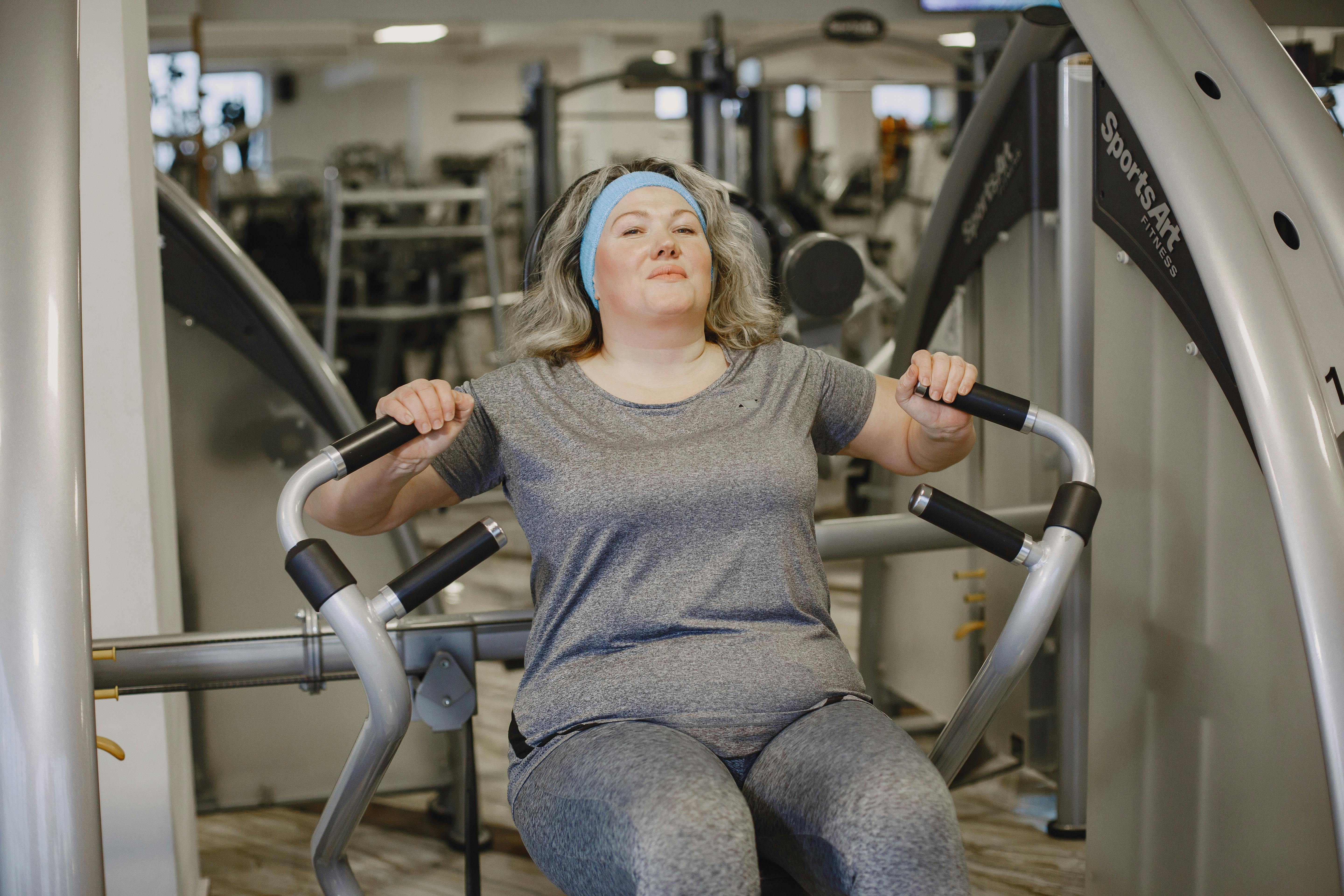Throughout the years, high heels continue to be a popular fashion trend. It’s so popular that it’s causing some women to surgically alter their feet to fit them. Even without this, there are health risks associated with wearing high heels.
1. A high-heeled shoe forces the posture into an unnatural position that significantly stresses the joints. The spine, which in flat shoes is reasonably straight, forms more of an ‘S’ shape with the chest and lower back pushing forward and the hips back. Heel height also changes the amount of weight on the forefoot. A 1-inch heel will increase pressure by 22%; a 2-inch heel by 57%; and a 3-inch heel in 76%. This increased pressure puts the forefoot at risk for injuries such as stress fractures, bunions, and hammertoes.
2. Knee pain is common when wearing high heels. Heel height causes greater stress on the knee joint and associated tendons. The quadriceps muscle group in the front of the thigh works the hardest, increasing pressure on the kneecap by up to 26%. Ultimately, this can increase the incidence of knee osteoarthritis and quadriceps tendinitis.
3. When the heel is constantly elevated, the calf muscle and Achilles tendon can contract and shorten. Wearing high heels can generally make a woman no longer able to tolerate a flat shoe. Sometimes this may even require surgery to lengthen the Achilles tendon. However, in most cases, this will increase the chances of Achilles tendonitis or shin splints.
4. Changes in posture and general imbalance will cause instability when walking and the consequent risk of ankle sprains. High heels, especially stilettos, will lead to instability and a major increase in the outcome of ankle sprains. An ankle sprain is caused by twisting the ankle and results in a tear in the ligaments that connect the bones of the foot and leg and stabilize the ankle. When balancing the heel on a narrow stiletto heel, if the heel drifts slightly outward, a sudden turn can occur, twisting these ligaments. Swelling, bruising and pain will occur. In the worst case, it is possible for the ankle to snap, a ligament to tear, a piece of bone, or even a bone in the foot to snap due to pulling on a tendon.
5. Most women enjoy high heels because they’re “cute.” They are narrow and contoured so that the foot appears slim. The tight fit of many heels will force your toes to conform to your shape. The extra pressure on your toes can exacerbate bunions and hammertoes. The pressure of the shoe itself can cause calluses to form. Besides. Compression of the metatarsal bones can cause pressure on the nerves that run between them. Morton’s neuroma, which is a growth and inflammation of the nerve, can form due to pressure. Remember, a shoe is designed to fit the foot, not to tirelessly squeeze it.
While the overall percentage of women who wear high heels every day has decreased, the percentage reporting physical problems from wearing them has increased. This is probably due to the newer styles that have been introduced. Some have no choice but to wear the shoes to work, however comfort is a priority. Bread should not be priced for style. Make sure you always wear a shoe that is suitable for your foot. Of course, if the pain continues, be sure to visit your podiatrist.




